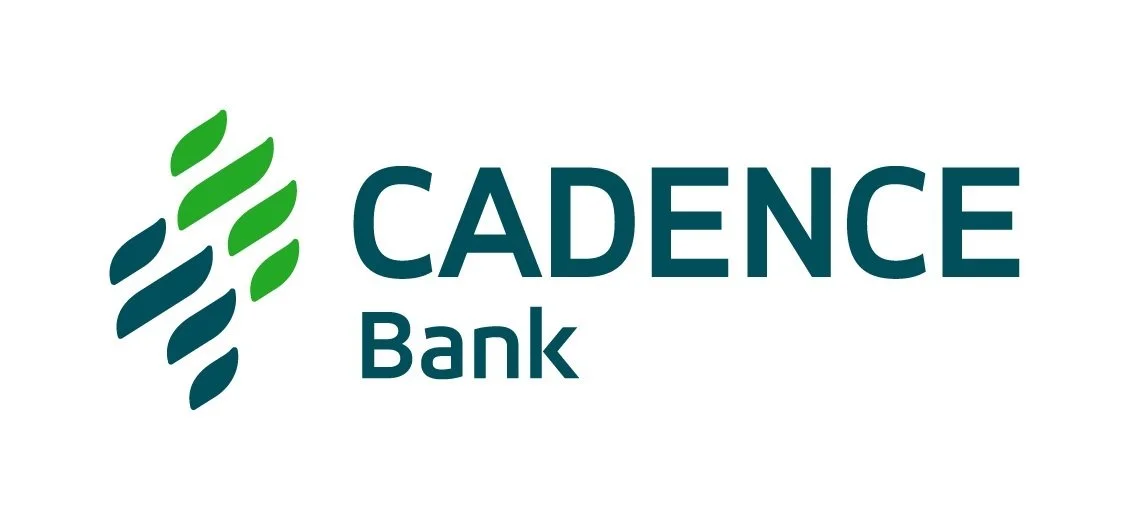Social capital consists of relationships, social connections, and social networks and the value these networks provide. These networks give us access to resources and benefits, and people use their social capital to make connections for jobs, find information, or get connected to the right resources. Social capital is integral to the Circles Model.
What Is Social Capital?
How much social capital do you have? Take the quiz here.
Survey Reveals: Friendships Fight Poverty
An expansive new study, based on billions of social media connections through the Facebook platform aided in explaining why certain places offer a path out of poverty and others don’t.
These cross-class friendships, referred to by researchers as economic connectedness (social capital), had a stronger impact than school quality, family structure, job availability, or a community's racial composition. The study suggests that the people you know open up opportunities, while the growing class divide in the United States closes them off. The rate at which low-income Americans form cross-class friendships varies widely across the country (and is less common in the South).
Researchers say economic connectedness is a better predictor of a community’s upward mobility than any other characteristic studied yet.
The findings show the limitations of many attempts to increase diversity — like school busing, multifamily zoning, and affirmative action. Bringing people together is not enough on its own to increase opportunity, the study suggests. Whether they form relationships matters just as much.
“People interested in creating economic connectedness should equally focus on getting people with different incomes to interact,” Professor Stroebel said.
Click here to access the full resource.



















